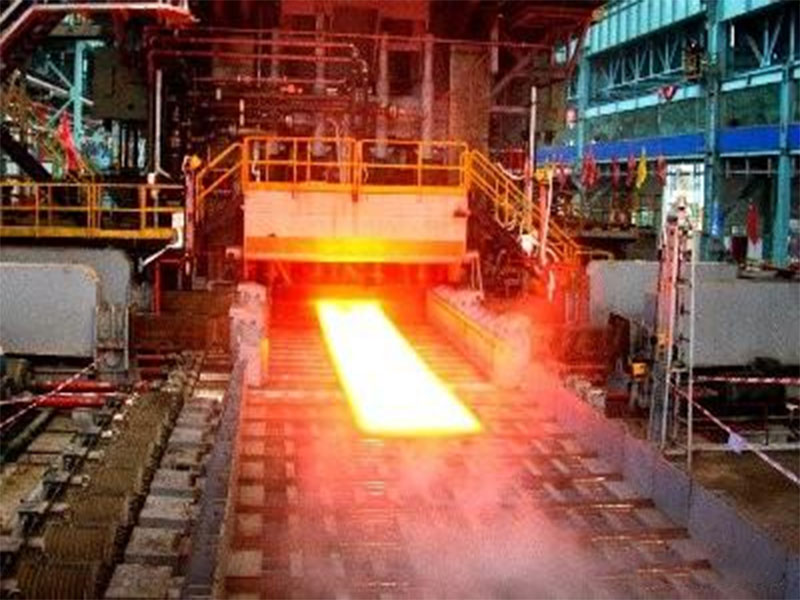

The purpose of billet heating is to improve the plasticity of steel, reduce deformation resistance, in order to facilitate rolling; the correct heating process, but also to eliminate or reduce the internal organization of the billet defects. billet heating process and steel quality, mill output, energy consumption, mill life and other technical and economic indicators have a direct relationship.

billet heating are prone to overheating when heated at high temperatures for long periods of time. The billet overheating phenomenon is mainly manifested in the steel tissue grain overgrowth into coarse crystal organization, thereby reducing the bond between the grains, reducing the plasticity of steel.
Overheated steel is prone to cracking when rolling, especially at the corners. Slightly overheated steel surface cracks, affecting the surface quality of steel and mechanical properties.
In order to avoid overheating defects, the heating temperature and heating time must be strictly controlled.
Steel billet in high temperature heating for a long time will become coarse crystalline organization, while the grain boundary on the low melting point of non-metallic compounds oxidation and crystalline organization is destroyed, so that the steel lost due to the strength and plasticity, this phenomenon is called overburning.
Overburned steel will produce severe rupture when rolled. Overburning is therefore a more serious heating defect than overheating. Overburned steel can not be salvaged except by re-smelting.
Avoid over-burning approach: reasonable control of heating temperature and oxidation atmosphere in the furnace, the strict implementation of the correct heating system and to be rolled system to avoid excessive temperature.
billet heating too fast or rolling machine when the output is greater than the heating capacity is prone to this phenomenon. Uneven temperature of the billet, rolling, rolling size accuracy is difficult to control the stability, and easy to cause rolling accidents or equipment accidents.
Avoid methods: reasonable control of furnace temperature and billet heating speed; good connection between rolling and heating.
Billet in the room temperature state on the oxidation, but the oxidation rate is slow, with the heating temperature increases oxidation rate accelerates, when the billet is heated to 1100-1200 ℃, in the role of furnace gas for strong oxidation and generate iron oxide. The generation of iron oxide skin, increased heating burn loss, resulting in a decline in the rate of material indicators.
Measures to reduce oxidation burn loss: reasonable heating system and correct operation, control the furnace atmosphere.
Steel billet in the heating, the surface carbon content reduction phenomenon called decarburization, easy decarburization of steel is generally high carbon content of high-quality carbon structural steel and alloy steel, etc.. These steels have their own special uses, after decarburisation, due to the inconsistency between the surface and internal carbon content of the steel, reducing the strength of the steel and affecting the use of performance. Especially for the requirements of high wear resistance, high elasticity and high toughness of steel, due to decarburisation and greatly reduce the surface hardness and performance, and even cause scrap.
Control methods: strict heating system, reasonable control of furnace temperature and furnace oxidation atmosphere.

For Further Details,Please Feel Free To Contact Us: